This new AI model can make your dream Lego set - here's how you can try LegoGPT for free
LegoGPT offers a free, open-source AI tool that turns written prompts into buildable Lego sets.
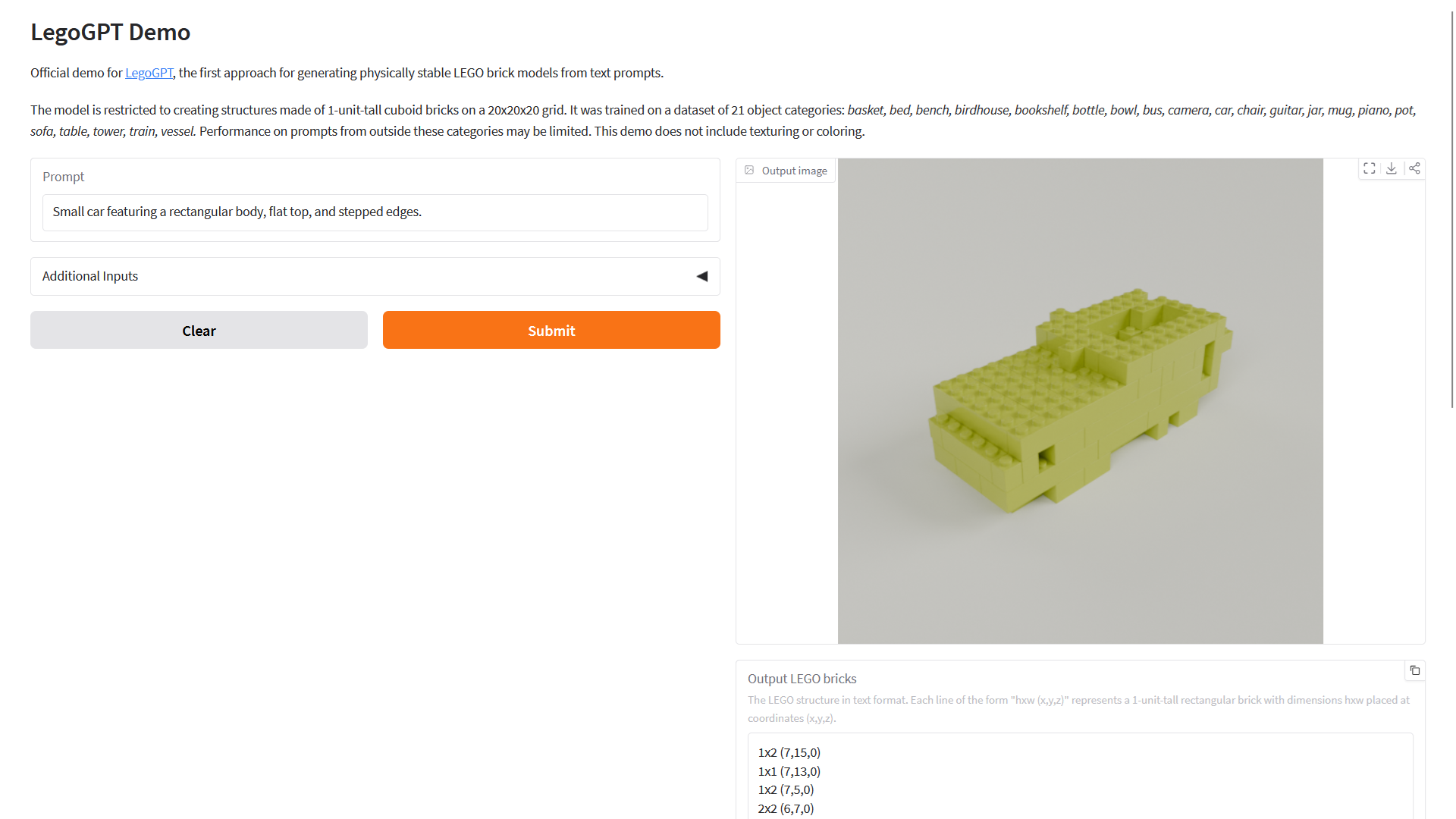
- LegoGPT is a new AI model that turns text prompts into Lego designs you can actually build
- LegoGPT uses AI models and physics simulations to generate brick-by-brick instructions
- Carnegie Mellon researchers built LegoGPT as open-source and free to try
If you’ve ever stared at a pile of Lego bricks and despaired at making them match the vision in your head, you may be in luck thanks to a new, free AI tool that turns text prompts into real, buildable Lego designs. Describe what you want to build and the aptly named LegoGPT will produce a step-by-step plan using a limited palette of real Lego bricks, with a handy list of which bricks to use and how many you'll need..
To function in the real world, LegoGPT is notably cautious in its approach. While many AI image generators can comfortably spit out wild 3D shapes with zero regard for the laws of physics, LegoGPT runs every design through a literal physics simulator. It checks for weak points. It identifies problem bricks. And if it finds something unstable, it starts all over, reworks the layout, and tries again. It's like how most AI chatbots are a kind of auto-complete for words, hunting for the right one to add to a sentence. Except LegoGPT is predicting the next brick to auto-build a (digital) Lego model.
With LegoGPT's answers, you can learn how to turn that colorful plastic pile into brick art. You don’t need a PhD in structural engineering or a childhood spent mastering Technic sets, or even the Lego-building robot shown off in a video made by the Carnegie Mellon University researchers behind the new tool.
Brick AI
The magic behind LegoGPT comes from a very large dataset called StableText2Lego. The researchers made the dataset by building more than 47,000 stable Lego structures and pairing them with text captions describing their appearance. Rather than spend months or years on that tedious chore, the researchers roped in OpenAI’s GPT-4o AI model to analyze rendered images of the Lego structures from 24 different angles and come up with a detailed description they could use.
LegoGPT’s code, data, and demos are all publicly available on the researchers’ website and GitHub. There are some caveats. LegoGPT currently only builds with eight standard brick types, all rectangular, and operates inside a 20-brick cubed space. So you’re not getting intricate curved architecture or sprawling castles just yet. Think more early-70s Lego catalog than 4,000-piece Millennium Falcon. Still, the results are fun and very sturdy.
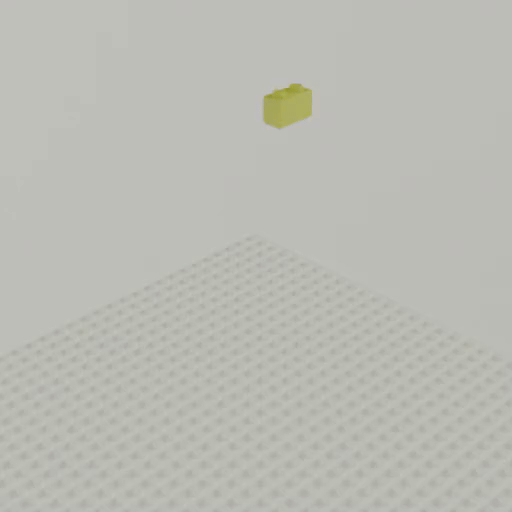
The broader implication for generating real-world objects with AI from casual language makes LegoGPT exciting beyond the novelty of making toy blueprints from text descriptions. It promises designs that aren’t just possible, but verified to be physically buildable. This could become a cornerstone of prototyping, architectural modeling, and, of course, a weekend activity for Lego hobbyists. But don't dwell too much on the details. You don’t need to understand the underlying math to enjoy it.
The limitations in size, scope, and brick variety ensure LegoGPT will not replace Lego’s in-house designers anytime soon, but it is a leap toward making design more accessible, playful, and connected to the real world. Also, right now, the system doesn’t care about color, unless you ask it to. The default focus is purely structural. However, the researchers have already added an optional appearance prompt feature that lets you layer on color schemes. So if you want your electric guitar built in metallic purple, go for it.
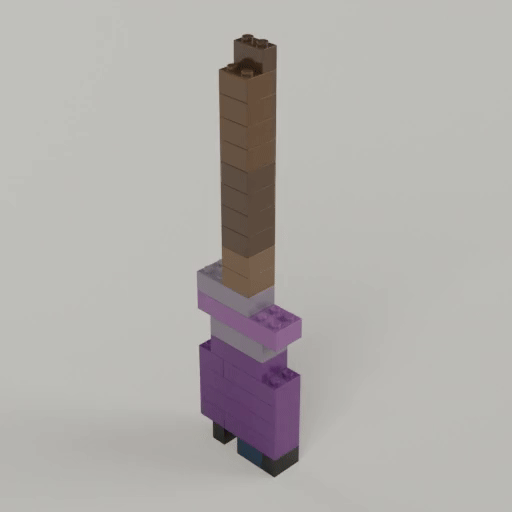






















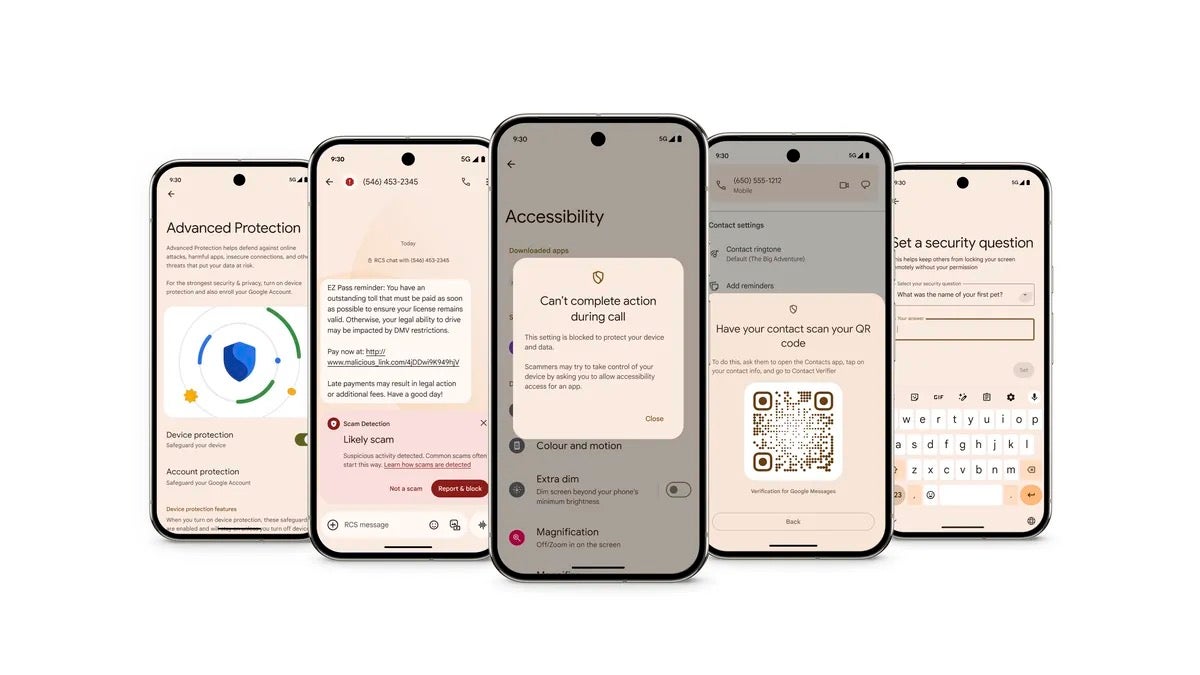








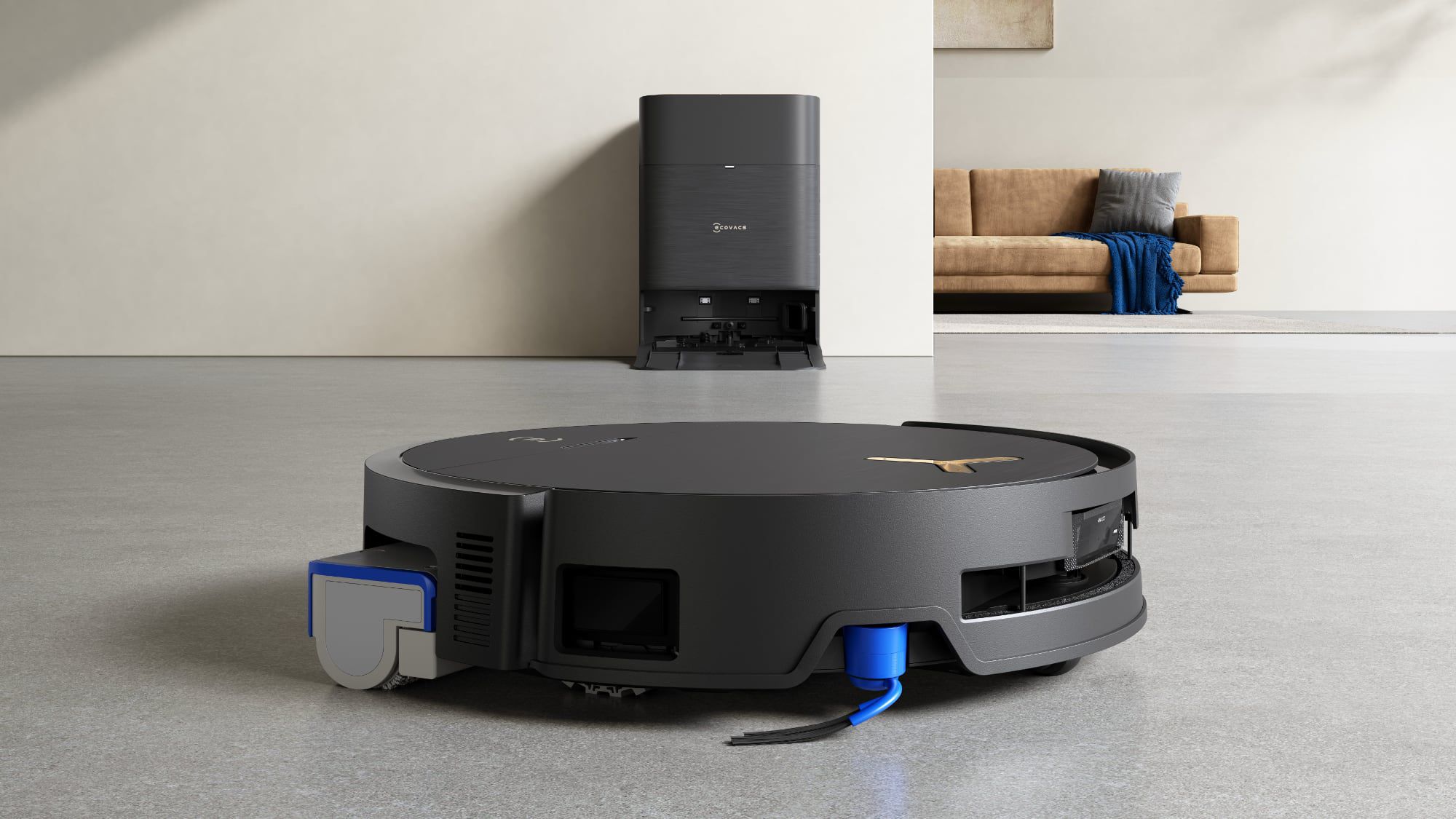

















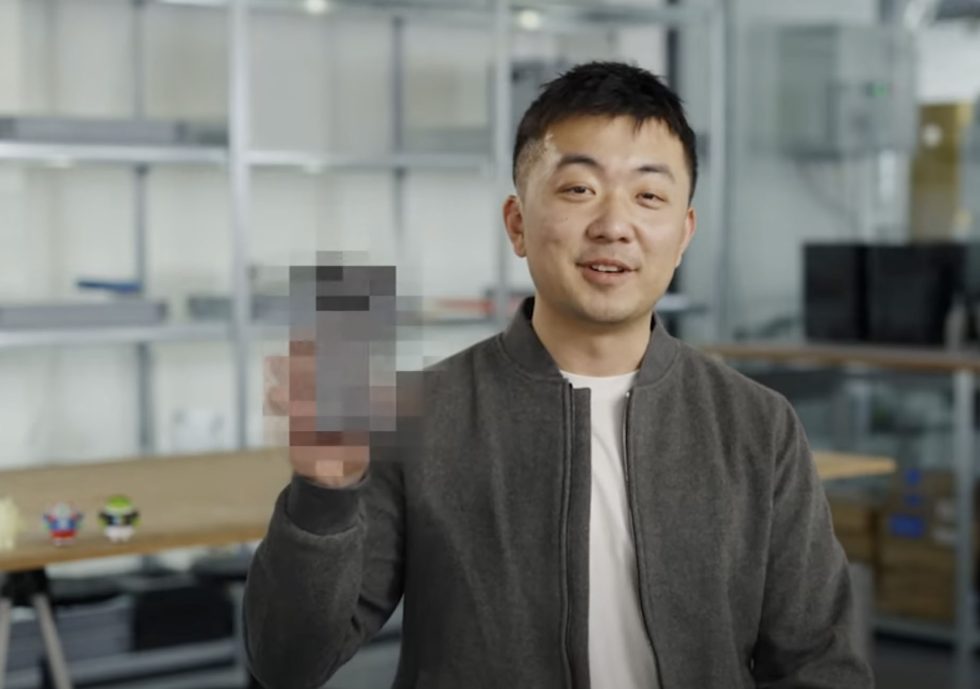

























![Apple Unveils Powerful New Accessibility Features for iOS 19 and macOS 16 [Video]](https://www.iclarified.com/images/news/97311/97311/97311-640.jpg)



















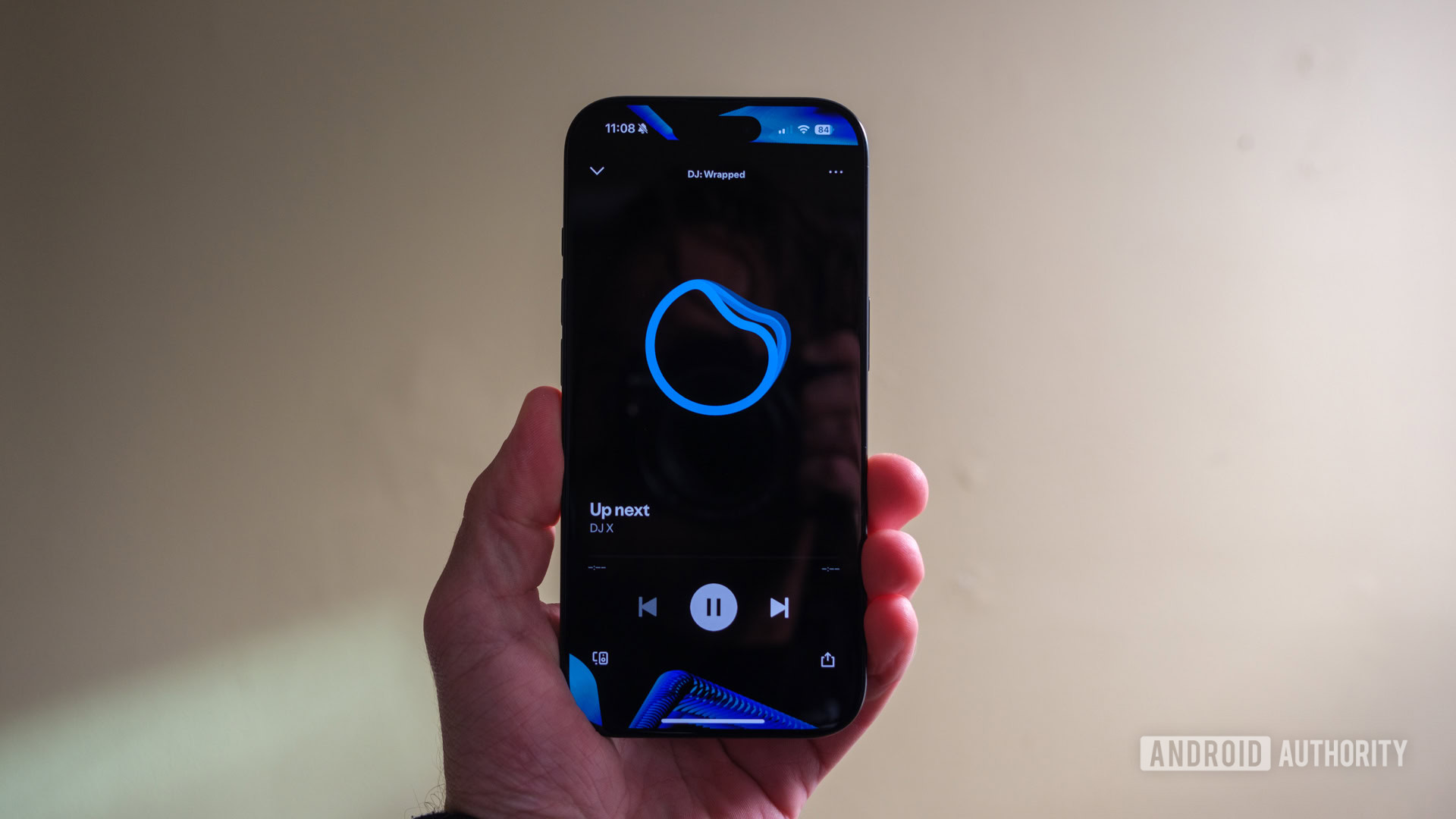

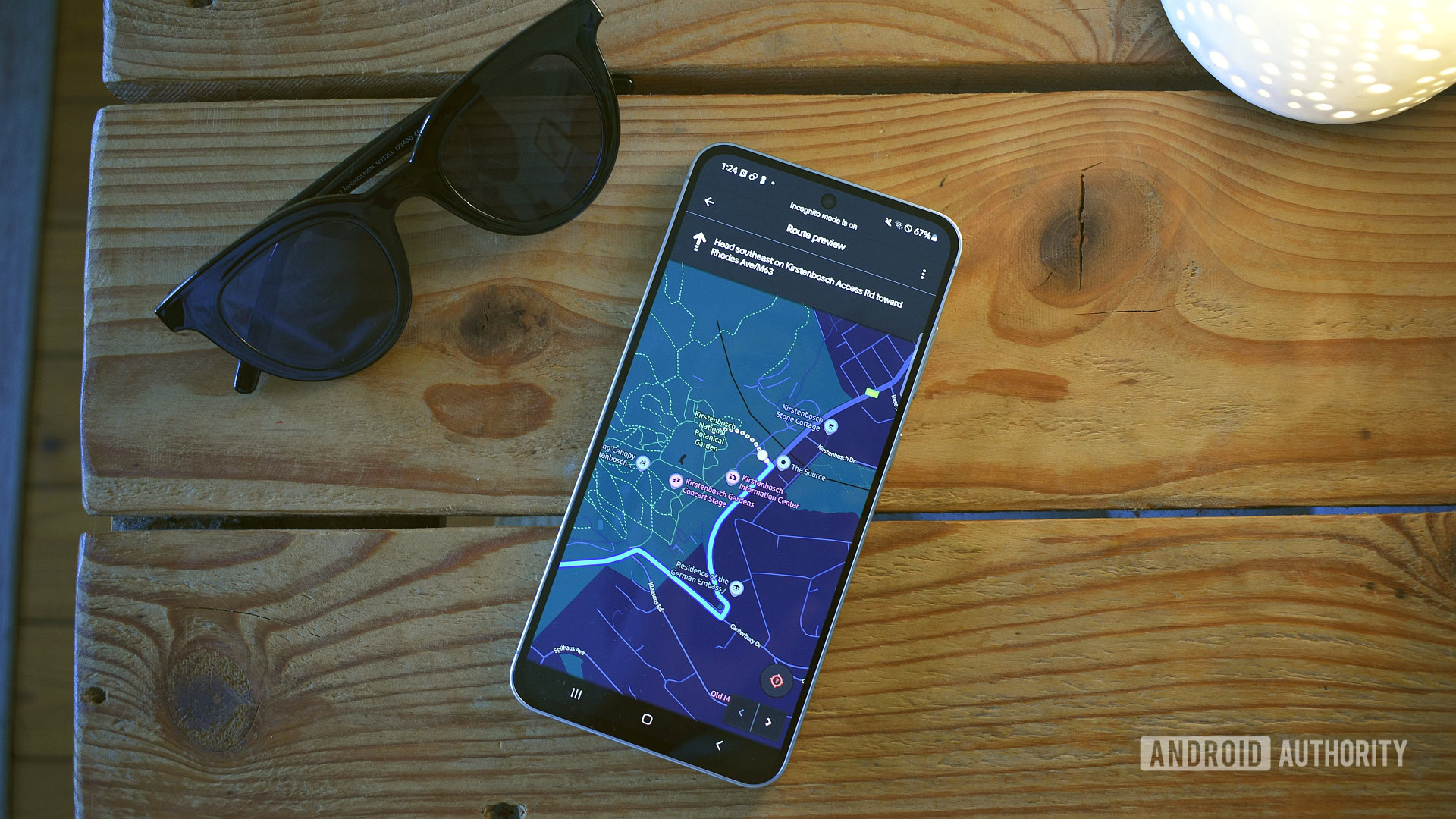




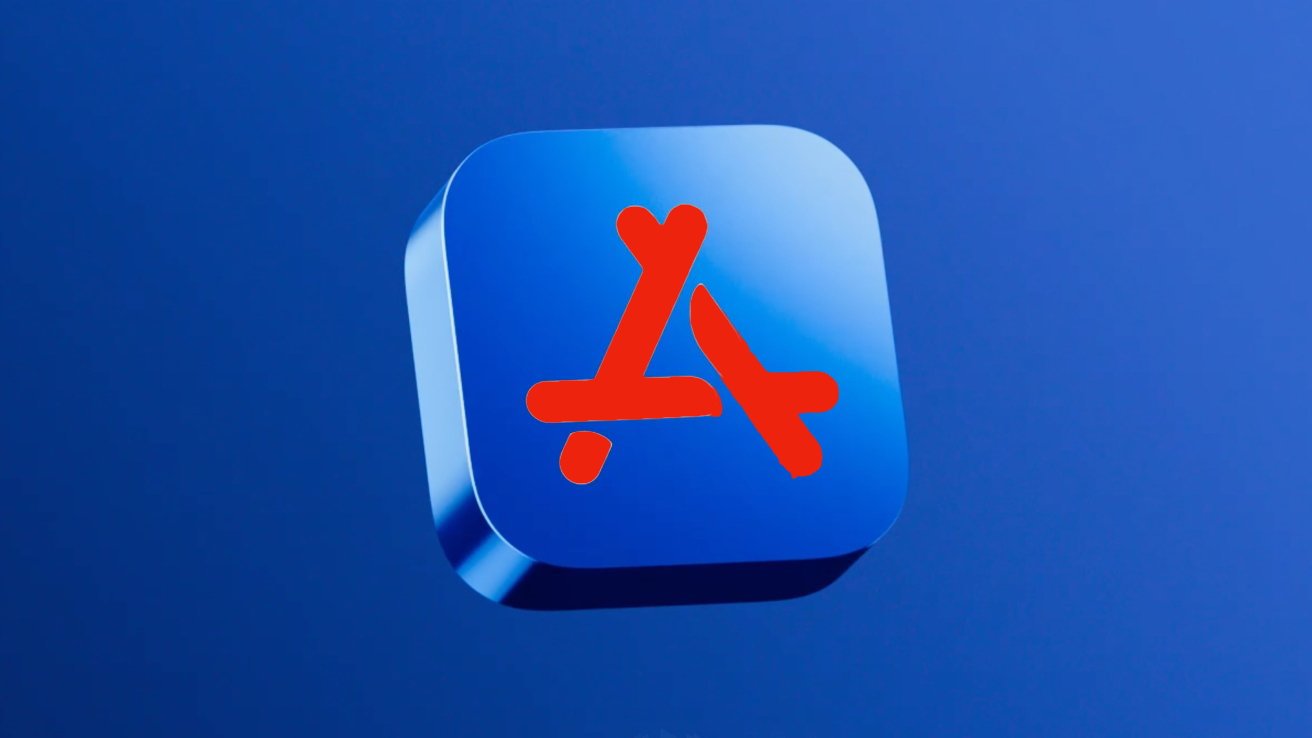





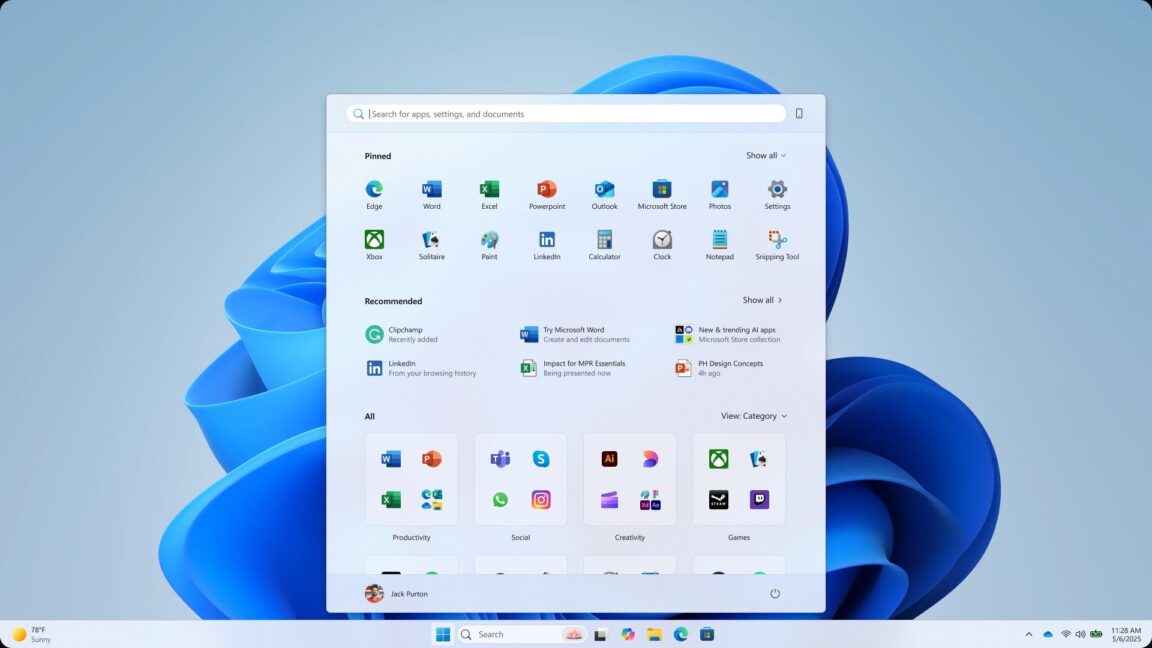

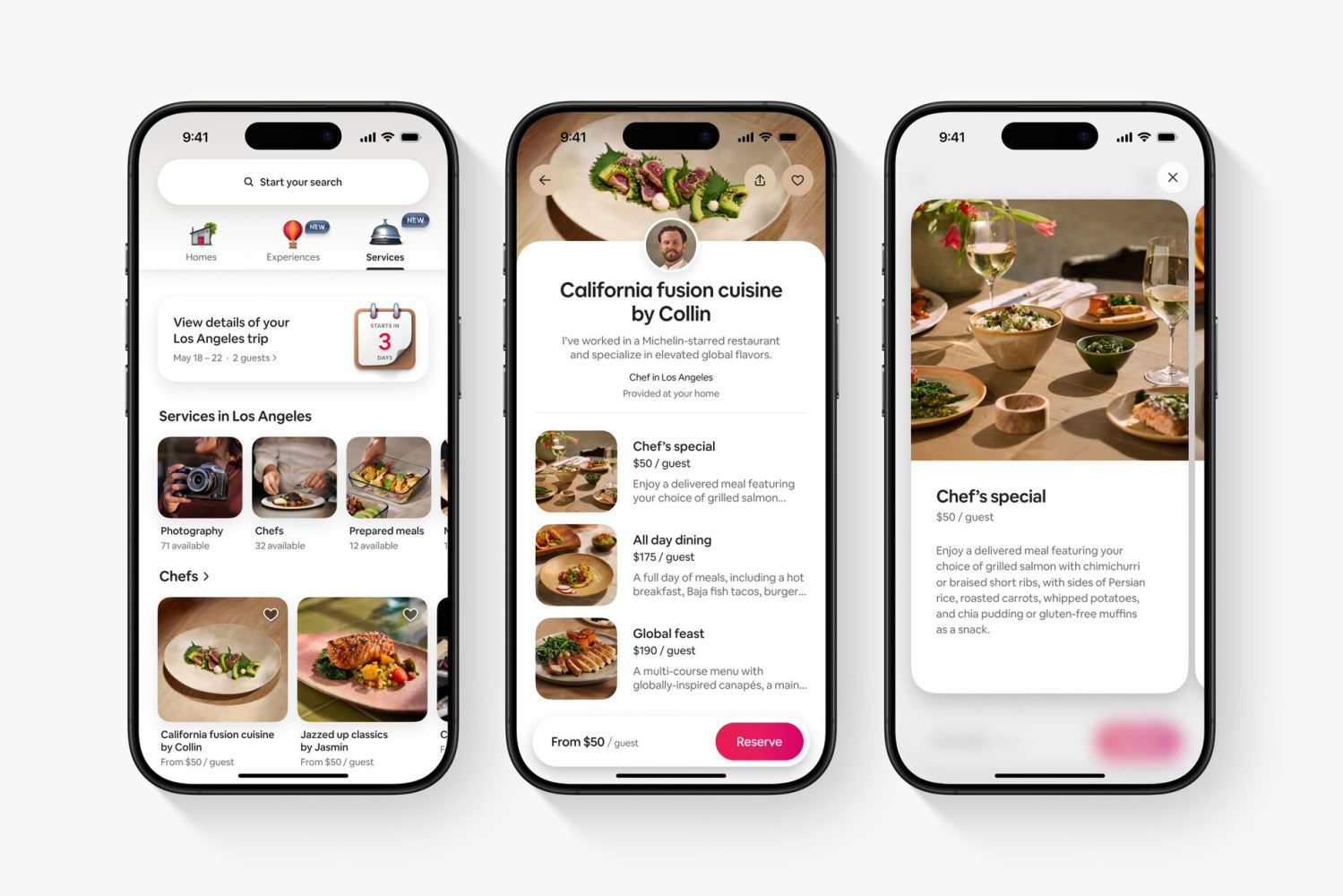


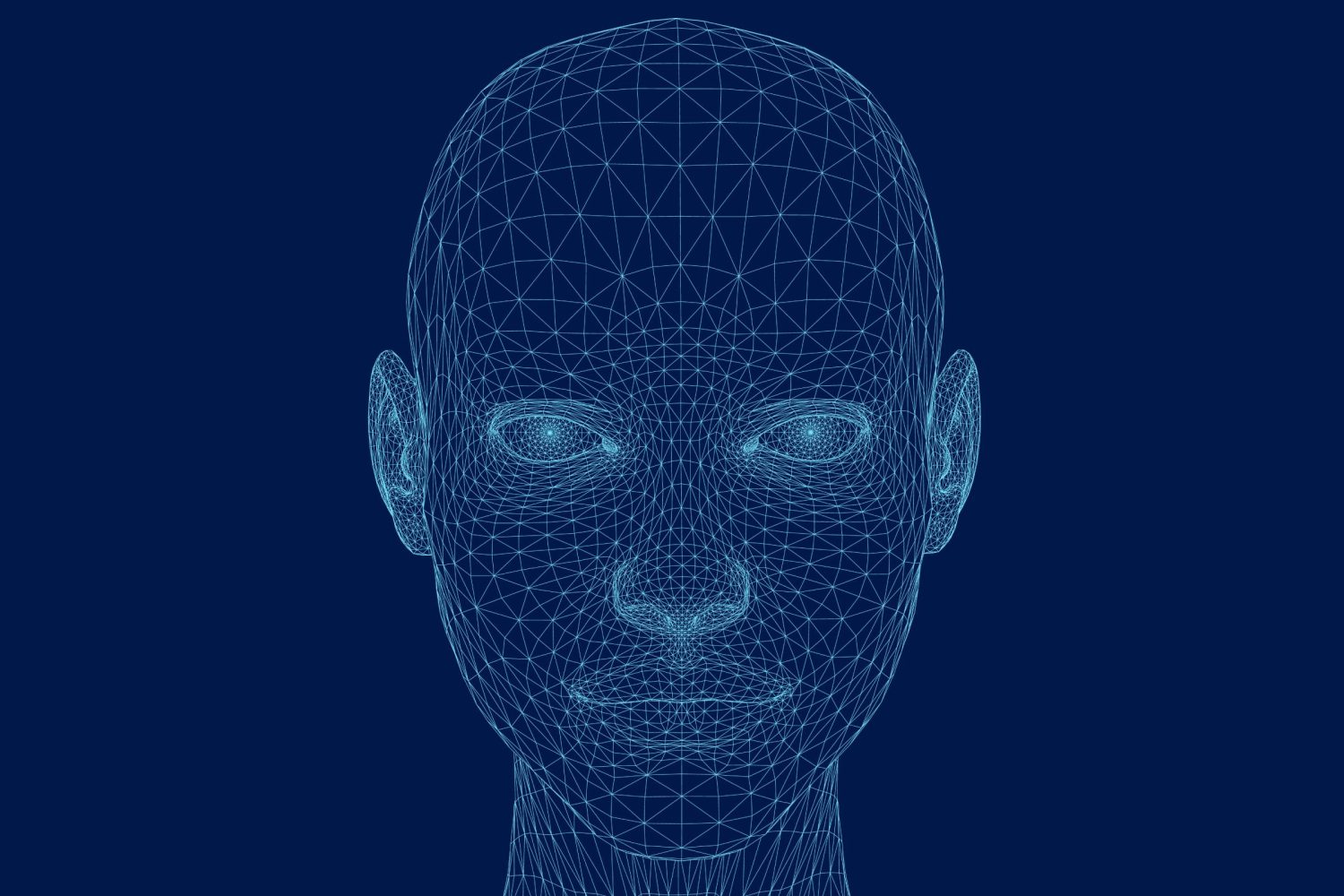

































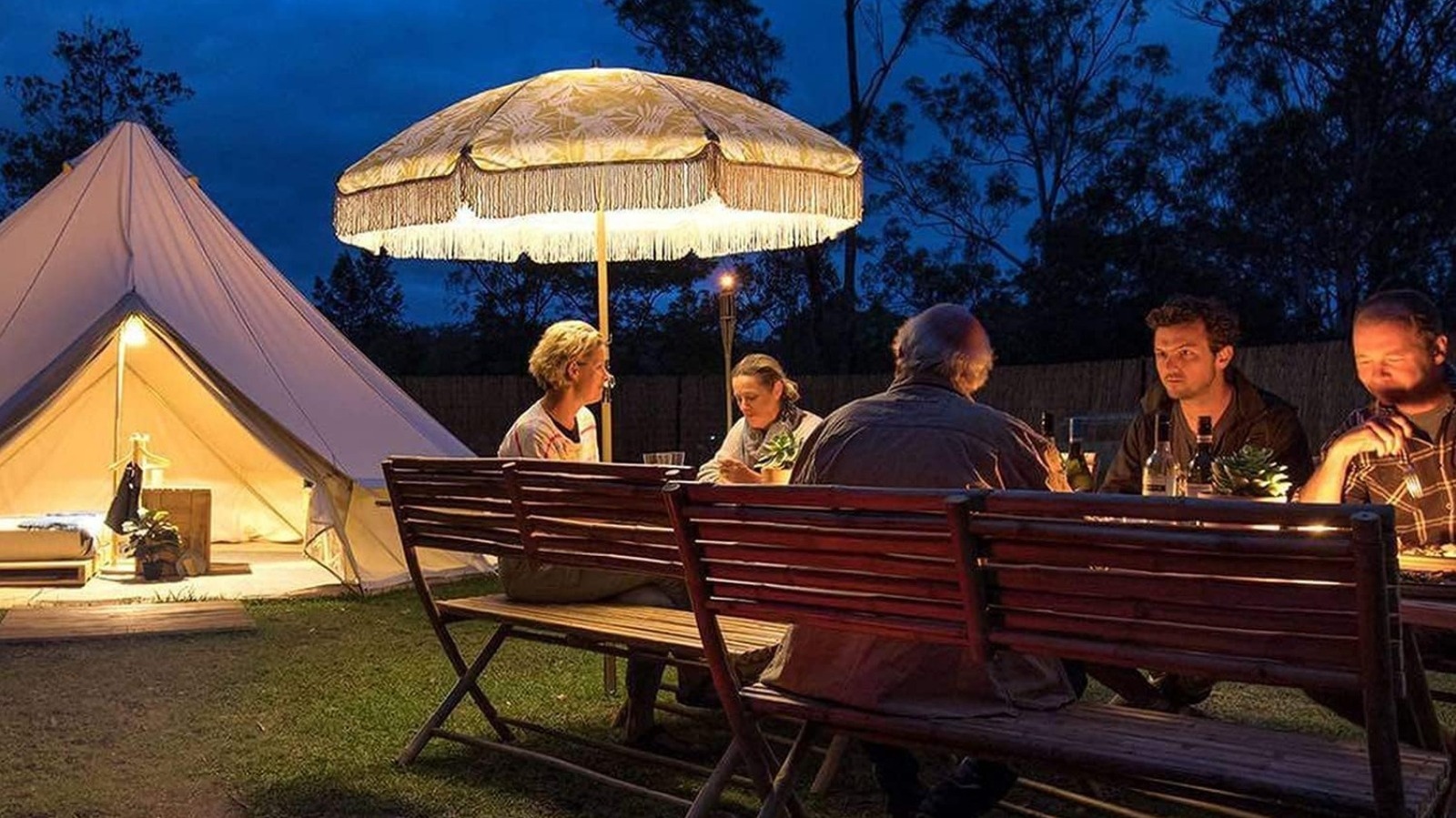












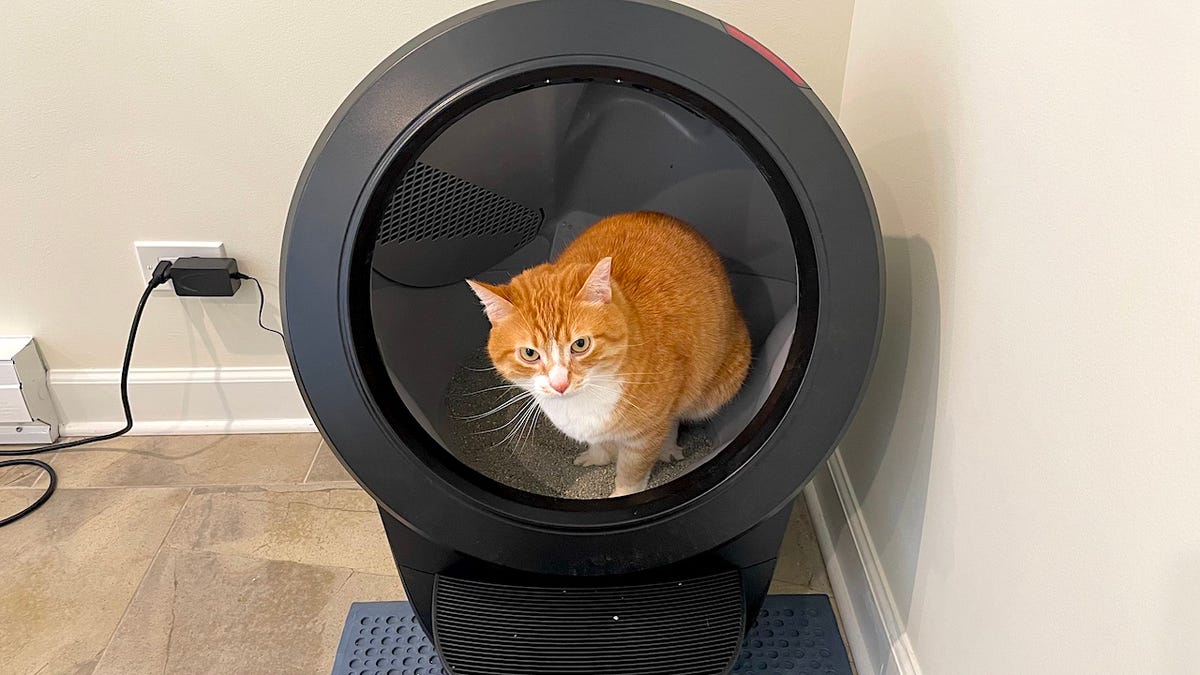

























.png?#)
.png?#)
































































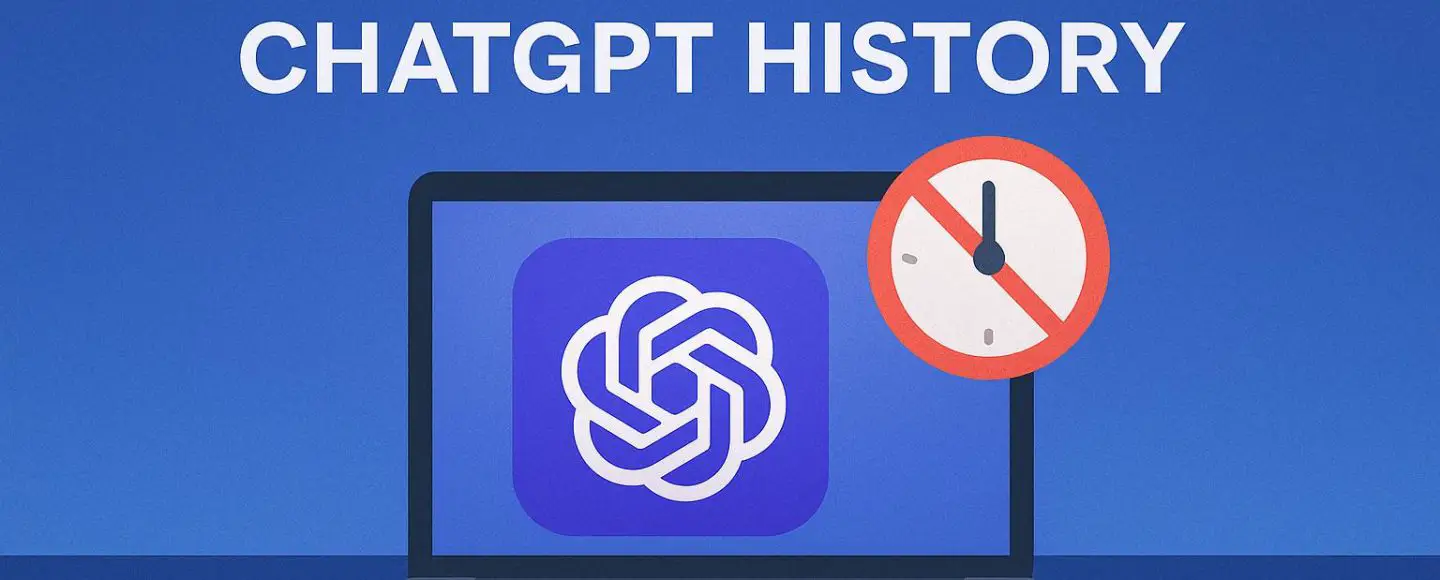





















































![[The AI Show Episode 147]: OpenAI Abandons For-Profit Plan, AI College Cheating Epidemic, Apple Says AI Will Replace Search Engines & HubSpot’s AI-First Scorecard](https://www.marketingaiinstitute.com/hubfs/ep%20147%20cover.png)





























































































































































































































































